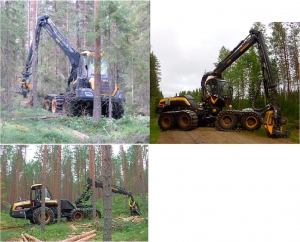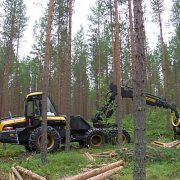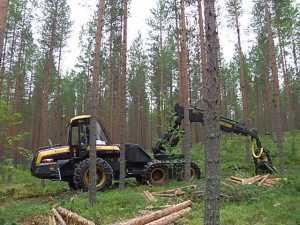Publication: Decreasing Fuel Consumption of Excavator-Based Harvesters with Machine Control System
Compared with purpose-built units, excavator-based harvesters offer many advantages, but they consume more fuel. Fuel efficiency can be increased by a better interface between the excavator and the harvester head.
Spinelli et al from CNR just published testing results of a new adaptation kit in Forests 2019 (10(1), 43; https://doi.org/10.3390/f10010043). The kit is specifically designed to improve the communication between these two components. After installing the adaptation kit, productivity increased 6%, while fuel consumption per hour decreased 3.5%. Fuel consumption and CO2 emissions per product unit decreased 10%, as an average.
Read the abstract or download the full pdf!
Figure 1: One of the excavator-based harvesters at work (left); the adaptation kit (right).
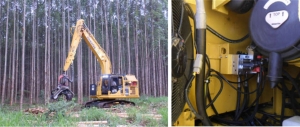

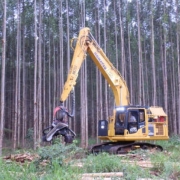
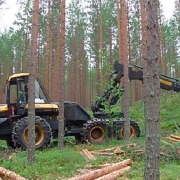 LUKE
LUKE